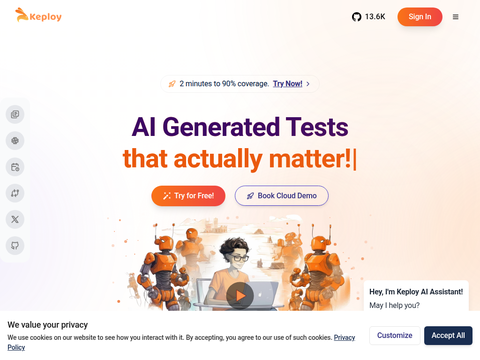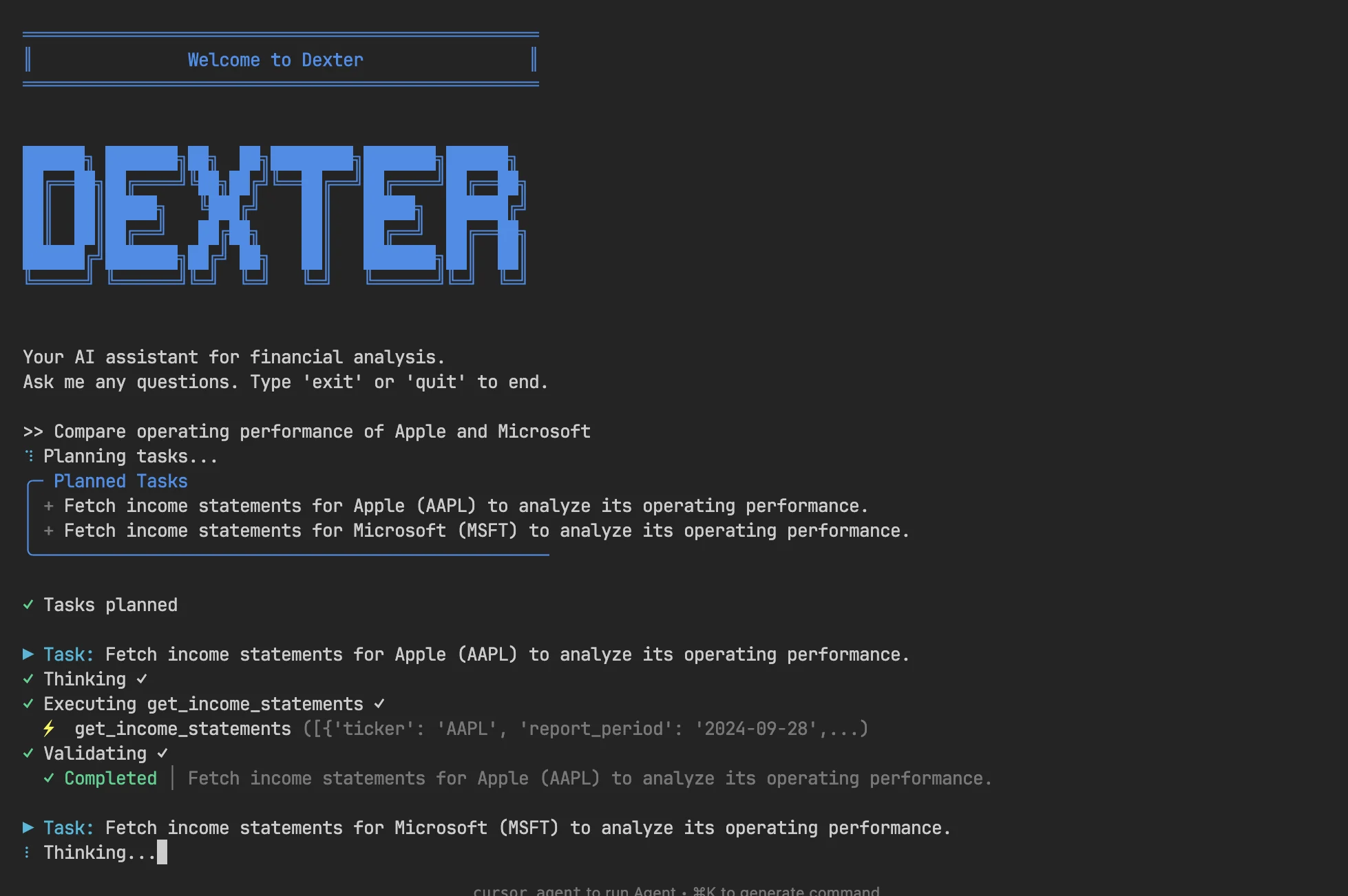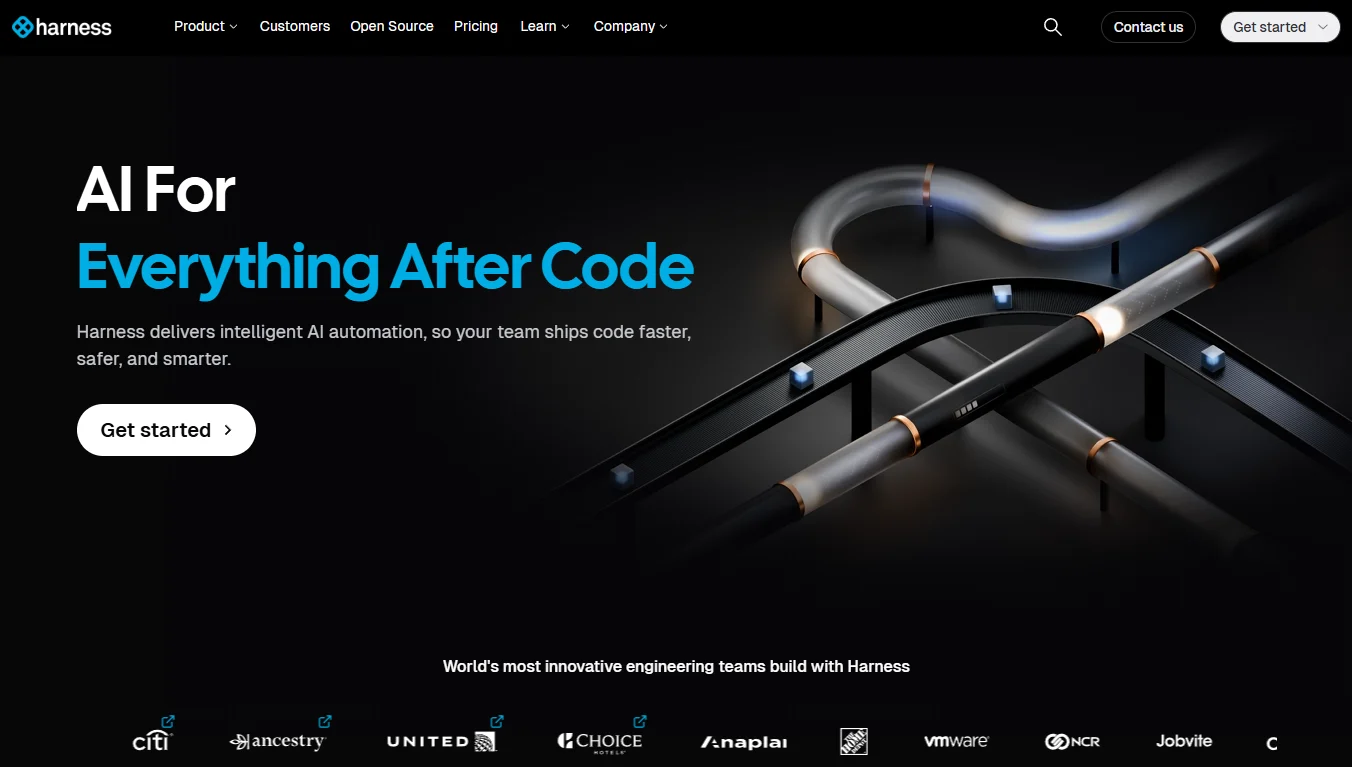Tencent Open-Sources HunYuan-MT Translation Model Series
Tencent has announced the open-sourcing of a new series of language models named HunYuan-MT, specifically optimized for translation tasks.
The Chinese tech giant claims these models significantly outperform Google Translate on a popular AI translation benchmark.
The HunYuan-MT series includes four models: two flagship models, HunYuan-MT-7B and HunYuan-MT-Chimera-7B, both featuring 7 billion parameters, and two quantized or compressed versions that reduce memory usage at the expense of some output quality.
Tencent trained the models using four distinct datasets. The first two datasets consist of text segments in 33 languages without any translation execution information. The other two datasets contain millions of so-called parallel records, each including a text segment and its corresponding translation.
According to Tencent, the training workflow not only enhanced the translation capabilities of the HunYuan-MT models but also equipped them with extensive general knowledge. The company tested the algorithms using the MMLU-Pro general knowledge benchmark, where HunYuan-MT outperformed Llama-3-8B-Base, an 8-billion-parameter model.
Following the initial training phase, Tencent implemented a reinforcement learning stage. During this phase, the HunYuan-MT models were given a series of training tasks, and feedback was provided based on the quality of their responses. The models used this feedback to refine and enhance their output quality.
This trial-and-error learning process was supervised by a custom AI model. This supervisor scored the translations generated by HunYuan-MT based on semantic similarity between the translated text and the original source. Additional factors, such as the model's ability to handle domain-specific terminology, were also considered.
The first model in the HunYuan-MT series, HunYuan-MT-7B, is built on a standard language model architecture. In contrast, HunYuan-MT-Chimera-7B employs a more sophisticated technique known as ensemble learning.
Similar to the Mixture of Experts (MoE) model, ensemble learning involves multiple neural networks. However, unlike MoE, which utilizes only one neural network per user prompt, ensemble learning engages all neural networks simultaneously. It generates multiple responses to the same prompt and combines them into a higher-quality final output.
To evaluate the HunYuan-MT series, Tencent used the WMT25 AI translation benchmark against Google Translate. According to the company, its model series outperformed Google Translate on 30 out of 31 language pairs tested, with score improvements reaching up to 65% in certain cases.
The model series also surpassed algorithms from several other AI providers. Tencent reports that HunYuan-MT scored higher than GPT-4.1 and Claude 4 Sonnet from Anthropic PBC on most language pairs in the WMT25 benchmark.








